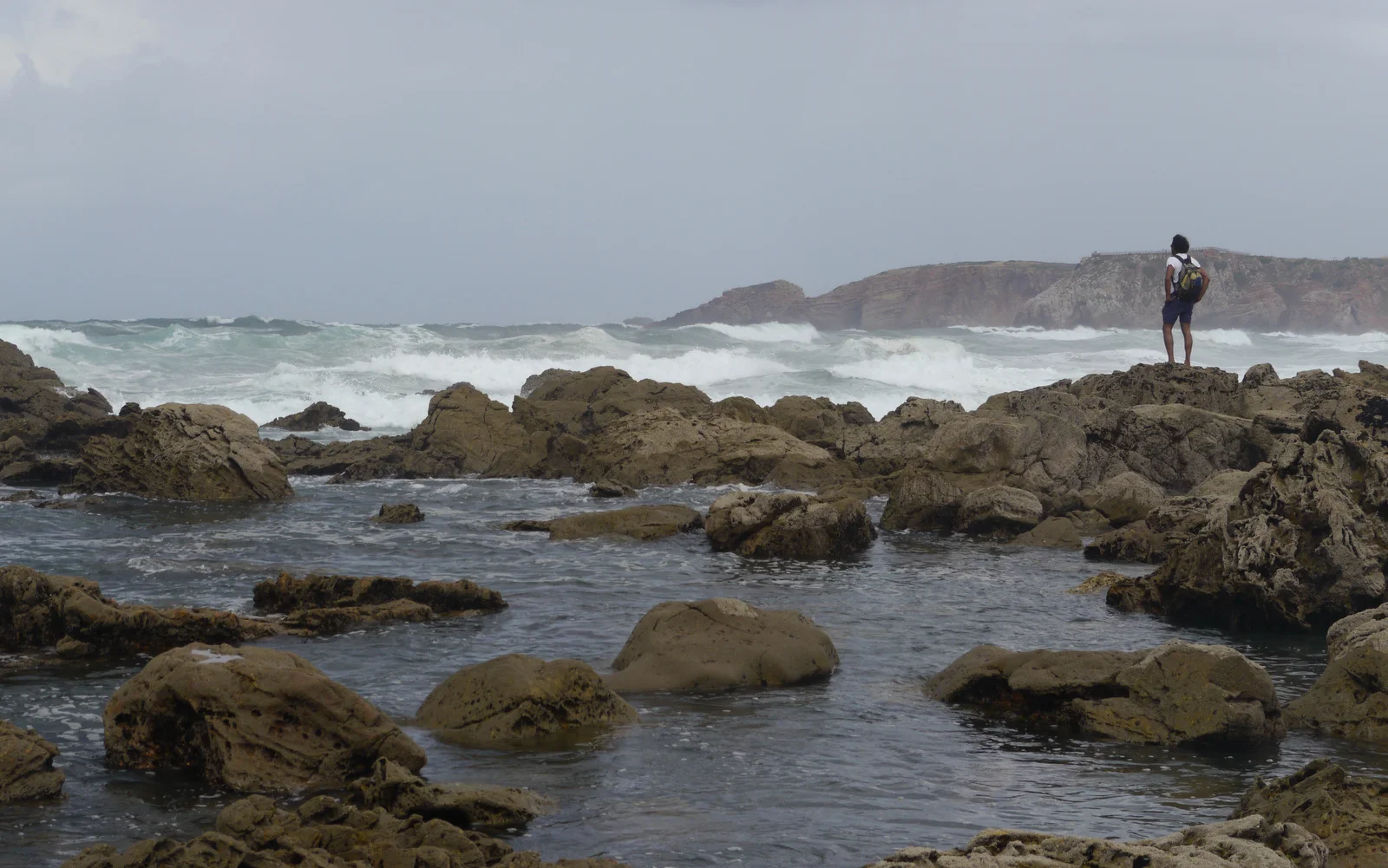Interview: Meet The Accidental Adventurer
Interview I did for Wolsey. Check it out on https://www.wolsey.com/blogs/magazine/meet-the-accidental-adventurer
Most explorers grow up dreaming of adventures in the frozen wastes, inspired by titans like Ernest Shackleton, but Vijay Shah stumbled into his life of adventure
Vijay Shah was part of the first British ski team to cross the Arctic’s remote Penny Ice Cap on Canada’s Baffin Island, opening up a new route in the process. This achievement was added to his experiences of solo-ascents in the high mountains, and guiding groups in the Peruvian Andes as a British Exploring Society Leader.
This life on the edge is a far cry from a seven-year old Vijay’s predictions for his future. Growing up in the urban landscape of East London he wrote in primary school that he wanted to grow up to be an accountant. The outdoors was a closed book as he grew older until a British Exploring Society expedition to Svalbard in the Arctic opened his eyes, and within five short years he was leading his own expeditions...
Q: Tell us about your Penny Ice Cap expedition?
A: ‘Our crossing of the Penny Ice Cap was the epitome of what an expedition should be. Start of with some heavy emotional baggage of having had to unceremoniously retreat off the same route three years earlier due to frostbite. Mix it up with rescuing a lost polar bear cub and bringing it back to its mother. Then finally throw in the danger of skiing over very thin sea ice all to the backdrop of some of the most amazing vistas on the planet, and you’re left with a picture perfect postcard of an adventure!’
Q: Did you think you’d become an explorer when you were growing up?
A: ‘If you were to tell a younger me that I could one day call myself an ‘explorer’ I’d say you were mad. Explorers were something I couldn’t fathom or relate to. They were white for starters, making it hard for a younger me to relate to them. And what made them want to risk life and limb, and have a thoroughly miserable time of it for some ideal or record? That was completely alien to me. In contrast, the ideals that my community upheld were family, education and hard work; activities other than these three were ‘unnecessary’ and ‘frivolous’.’
Q: What did discovering the outdoors do for your mindset and sense of self?
A: ‘I wouldn’t say that I knew that I was missing something in my life before I discovered the outdoors, but after I did it was clear there was something missing before that. Discovering the outdoors felt so natural and real, and far more precious than any of the creature comforts that we’re taught to aspire to.
‘Once I’d pushed past the boundaries of creature comforts, being in the outdoors I felt I was answering some innate yearning that I hadn’t known existed. I have never felt as peaceful or content as when I’m out on expedition or remote travel.’
Q: You’re a qualified aerospace engineer – do you bring that expertise into expeditions?
A: ‘Absolutely. In the Arctic our survival is dependant on our equipment – half way through the Penny Ice Cap expedition we set up camp after a hard day’s skiing to find that our stove didn’t work. Despite having snow and ice all around us, without a working stove we may as well have been in a desert, and as all our food was dehydrated we would have no food either.’
‘We carried a spare stove but that didn’t work either; absolutely bizarre and very unusual for both of our stoves to not work at the same time. A sense of urgency was now setting in. All three of us were inside the tent cleaning and changing parts of the stoves like some sort of factory, but the stoves just wouldn’t light. Meanwhile the temperature was descending rapidly. We were approximately nine days of skiing away from civilisation in any direction, but we could only go on for a maximum of three days without water and food – this was getting serious.’
‘Looking at things systematically and using my engineering knowledge, I realised that the probability of both stoves and all our spare parts not working was miniscule to non-existent – there must be something else. After checking our fuel source there was only one possible reason left: oxygen. Immediately I completely opened all the vents of the tent and finally the stoves roared to life – the sweetest sound I had ever heard!’
Q: What’s the most valuable lesson you’ve learned about leadership in the outdoors?
A: ‘Listen. It’s such a simple thing yet we fail at it so often. It’s easy to think that as a leader we always know best, but a team that feels they have been listened to and heard are much more compliant, and more willing to follow you.’
Q: What’s the best piece of outdoors advice you’ve ever received?
A: ‘It’s not your equipment that will get you through but your attitude. When it gets tough, it doesn’t matter how good your equipment is if you don’t have the heart, the belief and the determination to get through it. But if you do have the heart and the tenacity, then you can achieve the extraordinary.’
Q: What’s been your most nervous moment on an expedition?
A: ‘I was on a short alpine holiday in the French Alps and we were attempting a simple route leading from the top of the Mer de Glace glacier in Chamonix. We started at 2am due to the high temperatures during the day but by 9am the temperature was over 25°C celsius and it was heavily affecting the snow quality, so we decided to retreat.’
‘Suddenly my partner slipped in the snow and fell – the rope between us stopped him, but it pulled me off my feet. I dug my axe into the snow but it didn’t bite at all and I hurtled pass my partner. There was an open crevasse below and I fell into it – the crevasse narrowed as it descended and after bouncing off the ice walls I became wedged horizontally between them, facing downwards. All I could see was the blackness of the crevasse below. I couldn’t move my arms, and my legs were freely dangling. We were forced to call for a helicopter rescue, which was the longest wait of my life.’
Q: And your most rewarding one?
A: ‘When I summited Nevado Pisco at 5,752m I was all alone on the summit. The views were spectacular, and especially amazing as I had solo climbed the mountain, my first alpine style ascent. There was not a soul to be seen, or heard, or who knew I was up there. There is a certain gravitas that you cannot experience anywhere else other than when your fate is solely in your hands.’
Senja, Arctic Norway - Cheap Accessible Adventure
Scandinavia is so accessible to us in the UK with and with the ‘last wilderness’ in Europe it really is a must for anyone loving the outdoors. Arctic Norway is even more accessible than most of Scandinavia through the gateway town with international airport Tromso. I’ve flown through Tromso before, heading over to the high Arctic islands of Svalbard but on this occasion I was keen to see what was there to do with only one or two weeks to spare.
That’s where we discovered the island of Senja and spent six days traversing the island, hardly seeing a soul. So if you’re competent in wild camping, love hiking and can read maps in low vis. (and like that sort of thing) then this is really awesome trip. Plus, it’s a super cheap trip if you play it right.
From Tromso, you can take a ferry, that takes only a couple of hours, that drops you to the tiny little crossroads of Silsands and from there you’re on your own. Heading straight up into the hills of the interior you have the entire island to yourself.
Water can be scarce in the high interior where there aren’t many rivers and if you’re lucky enough to have fabulous weather, like we did, then that means that the small streams that exist will be very low. So make sure you have plenty of water containers to fill up when you do find a water source and enough fuel to boil away water taken from less than perfect sources.
Hiking across the interior takes you over a mountain pass. Despite it only being around 1,000m high, being this far north means that you will have to pass over snow slopes and it can get bitterly cold with the weather exposure even in mid-August.
Despite not seeing another person, we did see plenty of reindeer. Having spent a fair bit of time in Scandinavia I know how common reindeer are and that they don’t really fear humans at all. Many a times I’ve woken up in my tent to the sounds of a herd of reindeer walking straight through our camp. As well as not being scared by humans they are also not bothered or interested in us. But that was different on Senja, clearly not seeing humans that often they were enthralled by our presence and kept on hiding behind the next rise to see us before running off to try and sneak up a different way to get a view. We were completely bemused and we enjoyed turning around every few minutes to find a couple of reindeer following us. They will stop in their tracks, frozen like a children’s game and start again when we turned back around.
Depending how quick you go, you’re looking at 4-8 days to get to the southern side of the island where a ferry leaves fairly frequently. Be sure to check out the days and times and make sure you’re there on time. You cannot bet on the weather but you can bet on the ferry times.
At a push, if you’re well organised, you could do this on a week’s trip, ideal for those of us with limited holiday. We took two weeks out and spent the second week exploring Tromso and other parts of the Arctic.
If this does inspire you to get to Senja send me over a photo. Happy planning!
Adventures in mid-England
We are nature people. We love the hills, mountains and coastline. Having traveled the world and lived across Western Europe I can hand on my heart say that the UK has some incredible coastlines and mountains and we enjoy nothing better to do on our weekends than to experience these wild places. So it was with trepidation that we moved inland to landlocked and flat Oxfordshire, a place so unfamiliar to the things we love that, despite the extensive countryside, we felt cooped in.
That's when we got hold of an inflatable boat. That’s when we discovered the rivers.
ASTRONAUTS: DO YOU HAVE WHAT IT TAKES?
I must admit, as soon as I hear that word, ‘astronaut’, my ears prick up and I’m searching around for whoever said it. I’ve always wanted to be an astronaut and I’m in awe of those that have managed to leave the confines of our atmosphere and unshackled from the bonds of gravity float freely outside of this world.
So when I saw an advert from the BBC requesting participants to go through a psuedo-astronaut training and selection programme run by Chris Hadfield, a 20 year veteran of NASA, I jumped at the opportunity. It could be the closest I ever get to experience being an astronaut and here's why...
Quite literary and within the margins of error everyone that has attempted to be an astronaut fails. Not only do you have to be in top notch physical shape (in ways that you will have no idea about), but also must have developed over the preceding decade(s) skill sets that are at the forefront of your chosen field and be ones that are of core requirement for the astronaut corp (which may change!). That requires a lifetime of dedication, hard work and belief. And then, you have to hope that there will be a selection process during those years when you are at your prime!
The last ESA selection process was in 2007-8. During that selection process nearly 10,000 highly skilled applicants from across Europe vied for six places. The odds were pretty slim of making it into the final six and many exceptional candidates didn't. It is the hardest selection process that exists.
But imagine achieving that dream. It would be the ultimate adventure: Imagine seeing the Earth, the most incredible place in the known universe, from the vantage point of orbit. Just that thought leaves me breathless. And so, it’s always been a question I’ve asked myself, do I have what it takes to be an astronaut? Of course, I think I do, but do the experts? What actually do you have to have to be an astronaut?
Fortunately I have had the opportunity to find out. Filming this BBC series putting us through a similar selection process to a real astronaut selection process has been one of the most intense periods of my life. The other candidates are amazing. The stress you see is real and Chris Hadfield and his team made sure it was as realistic as possible.
Episode 1 of ‘Astronauts: Do You Have What It Takes?’ airs BBC 2 at 9pm on Sunday 20th August.
ETHIOPIA: Episode 4 - Erta Ale
Ever found yourself on the edge of an active volcano? We did in the far North Eastern corner of Ethiopia. Join us for episode 4 of our travels around the fascinating country that is Ethiopia. This is my scariest adventure to date and the most incredible thing I have ever seen! Episode 4 - Erta Ale
The Azores: Islands of Adventure
Peaking out of the vastness of the Atlantic ocean lie the volcanic islands of the Azores. Equidistant between Europe and North America they are neither from the old world or the new but instead a world of their own. This summer, before which I never knew these islands existed, I was fortunate to spend a couple of weeks visiting. They're incredible!

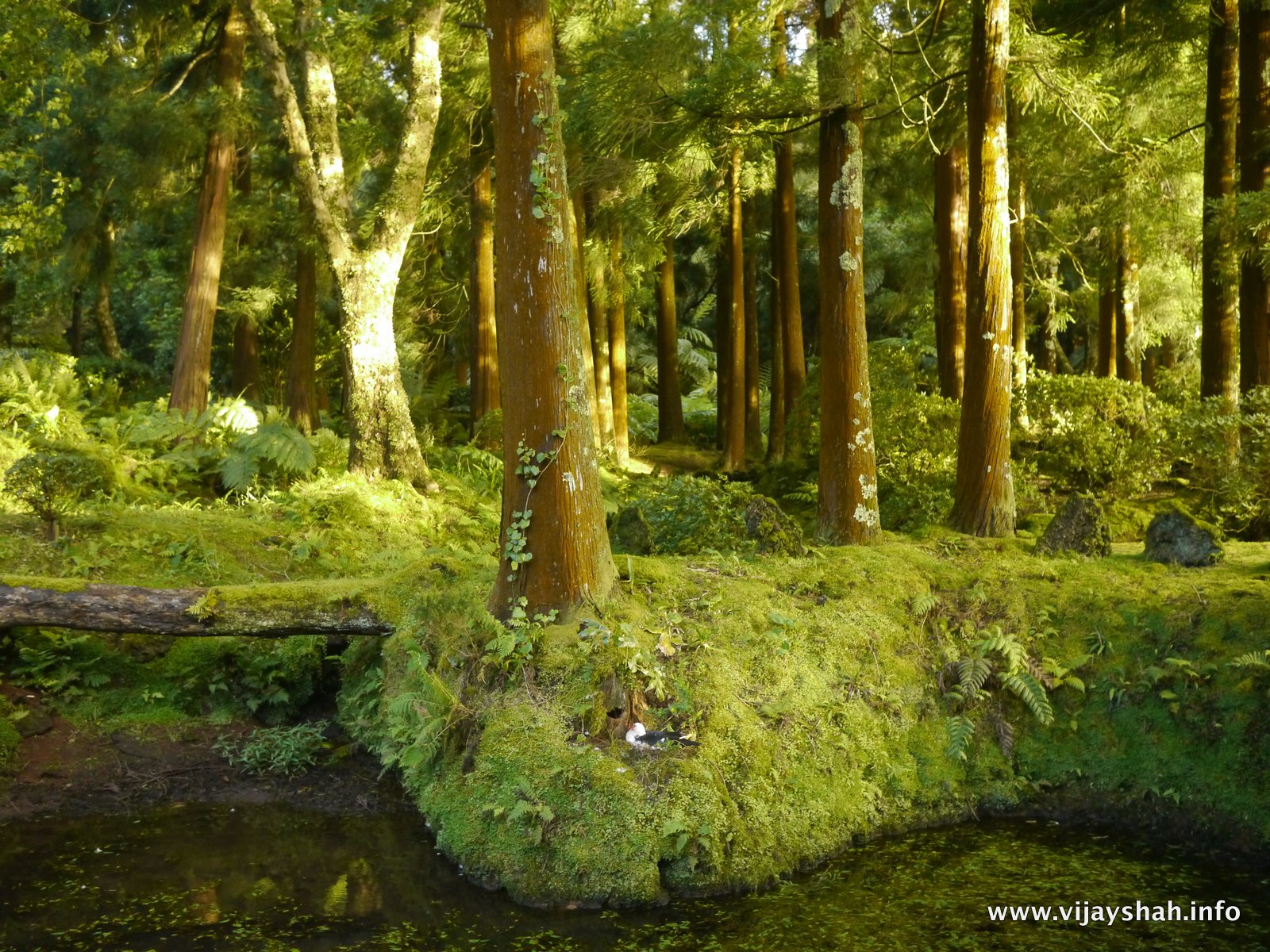

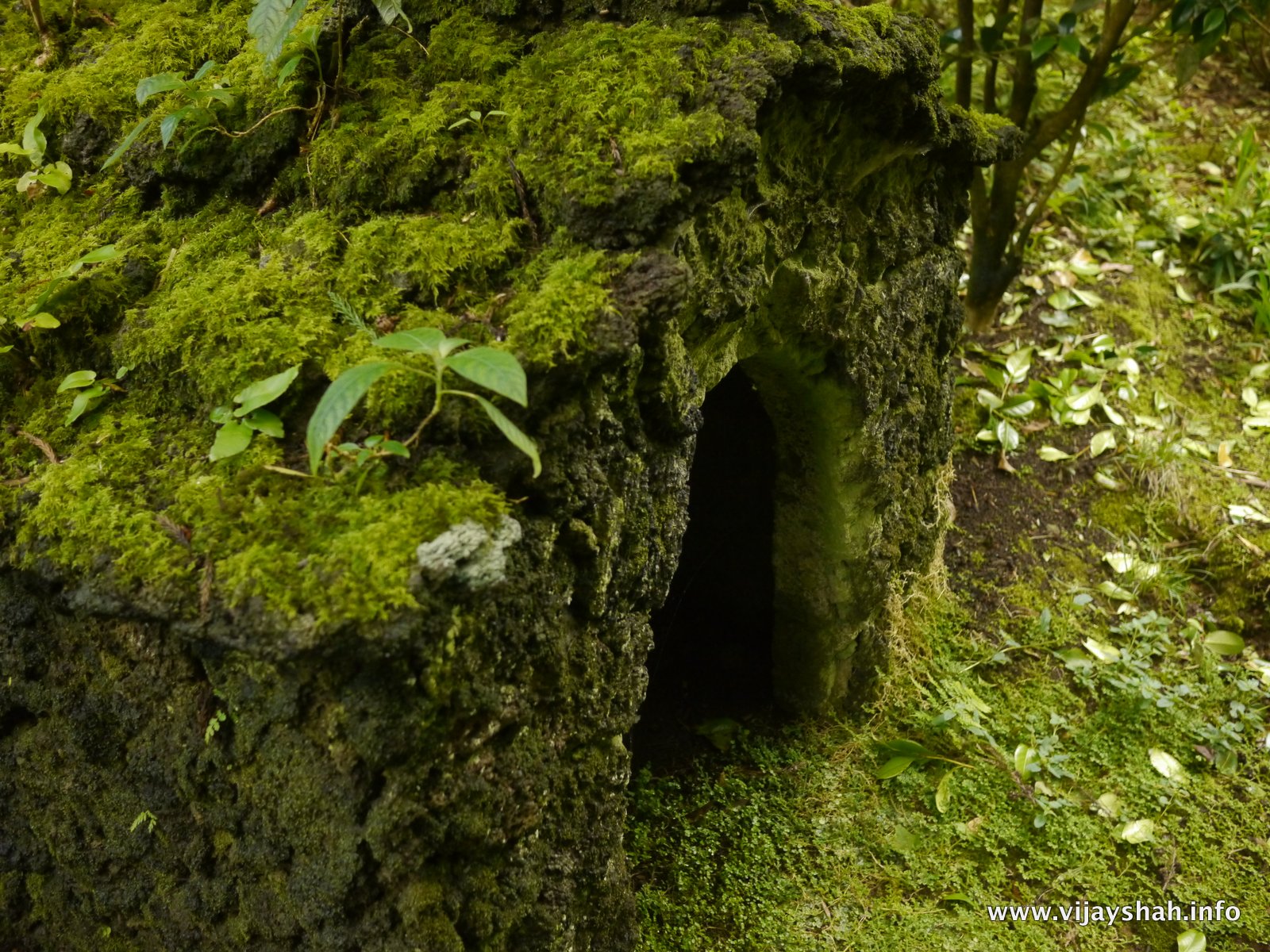
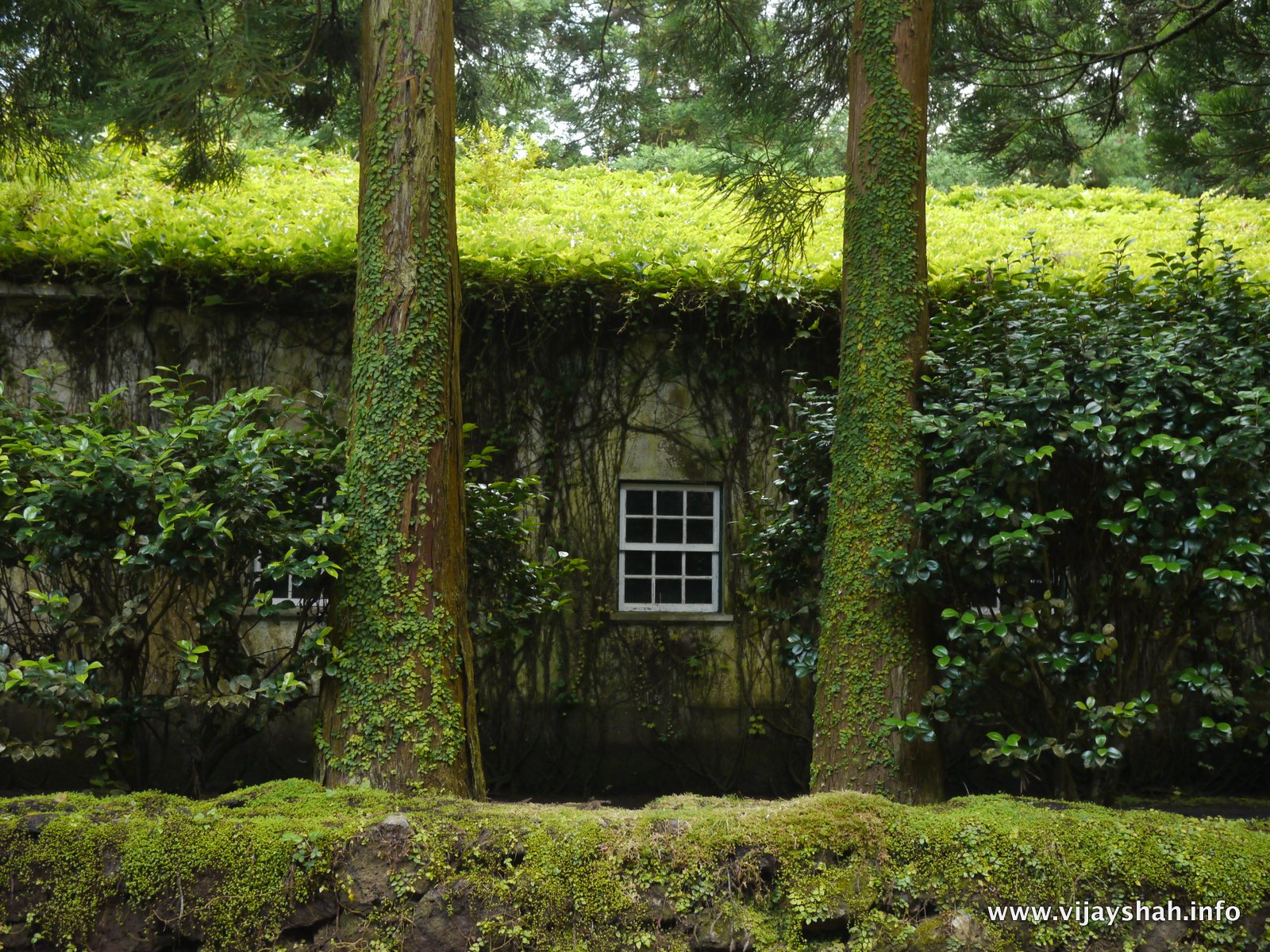
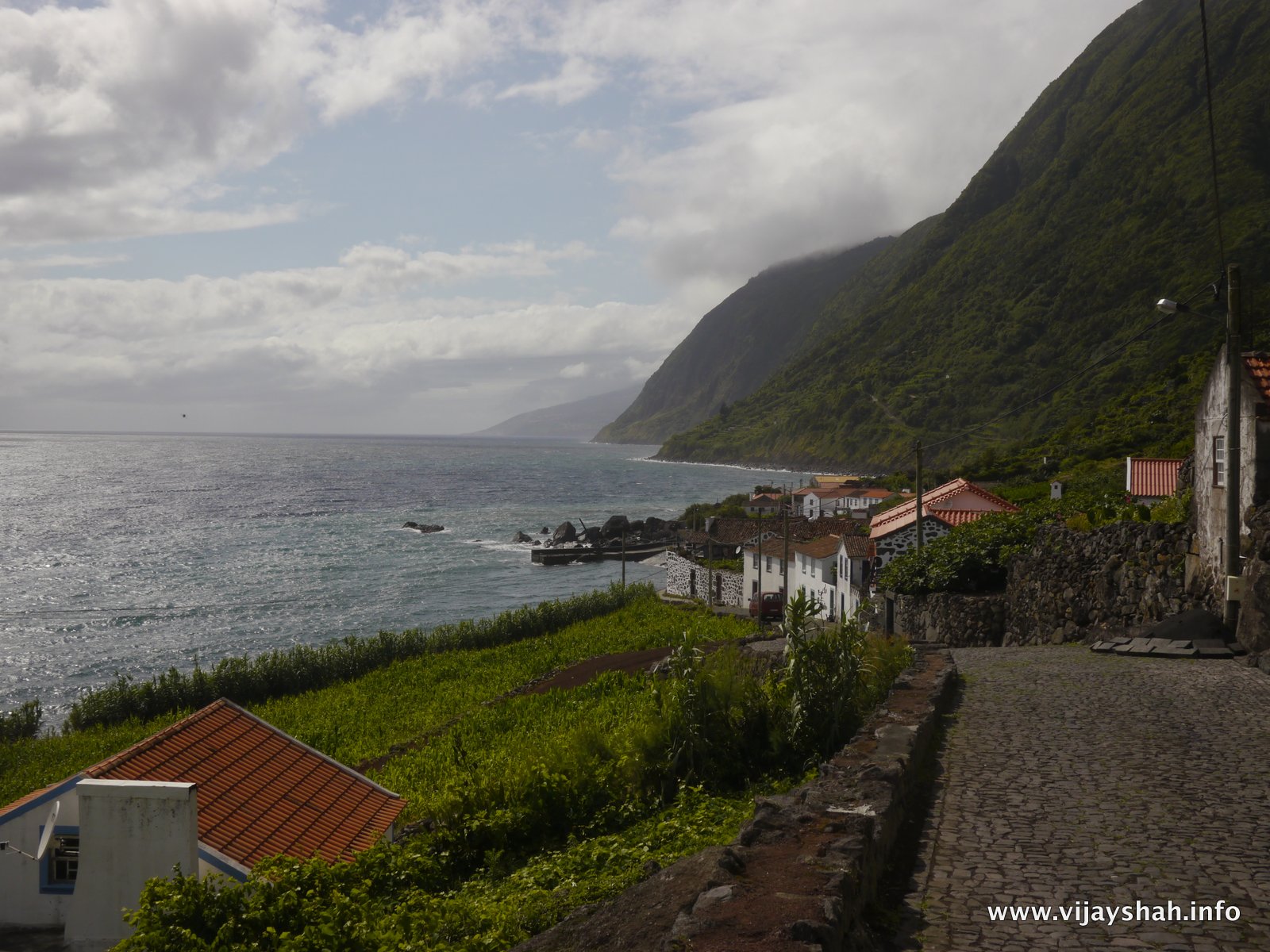
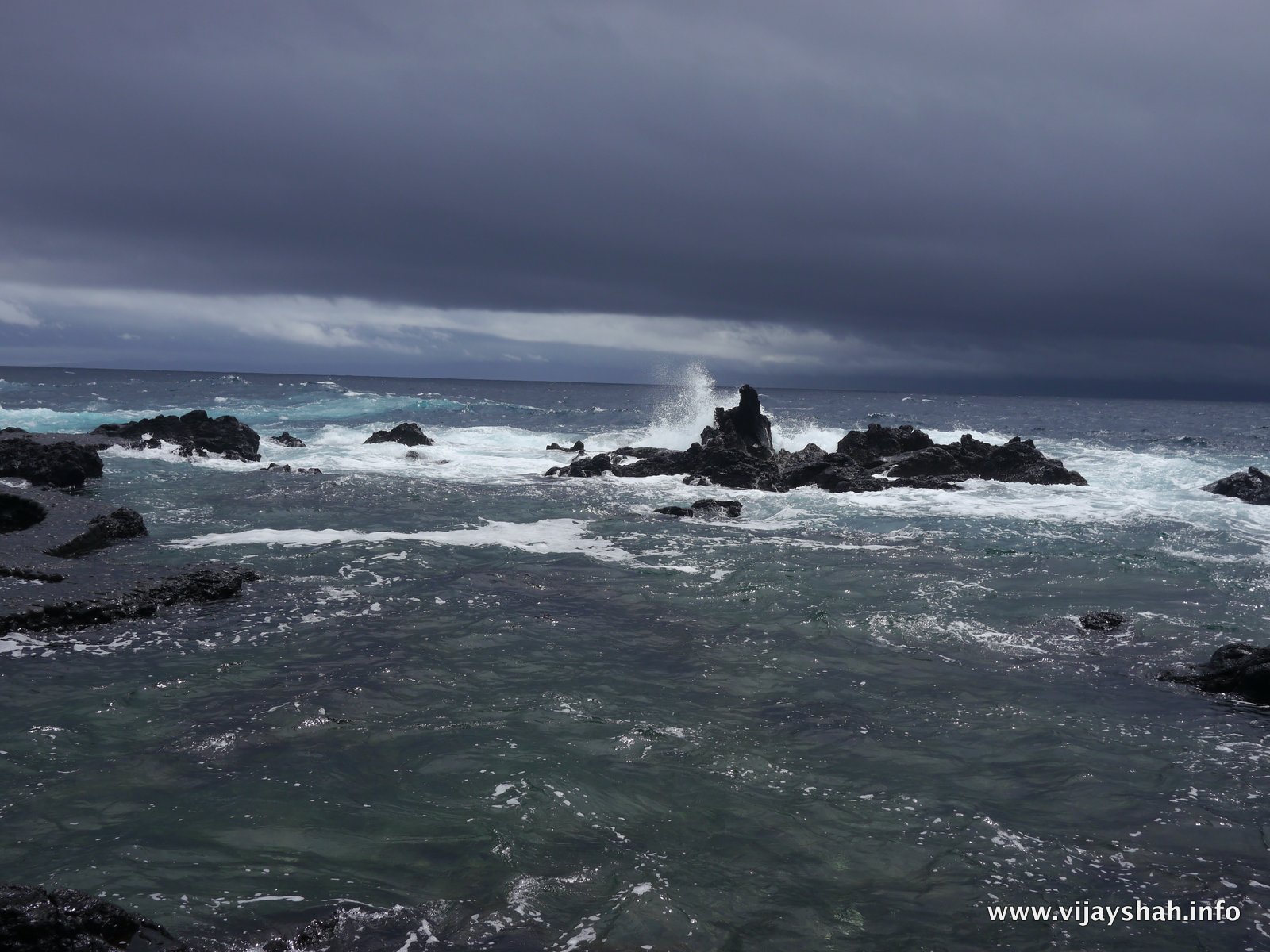
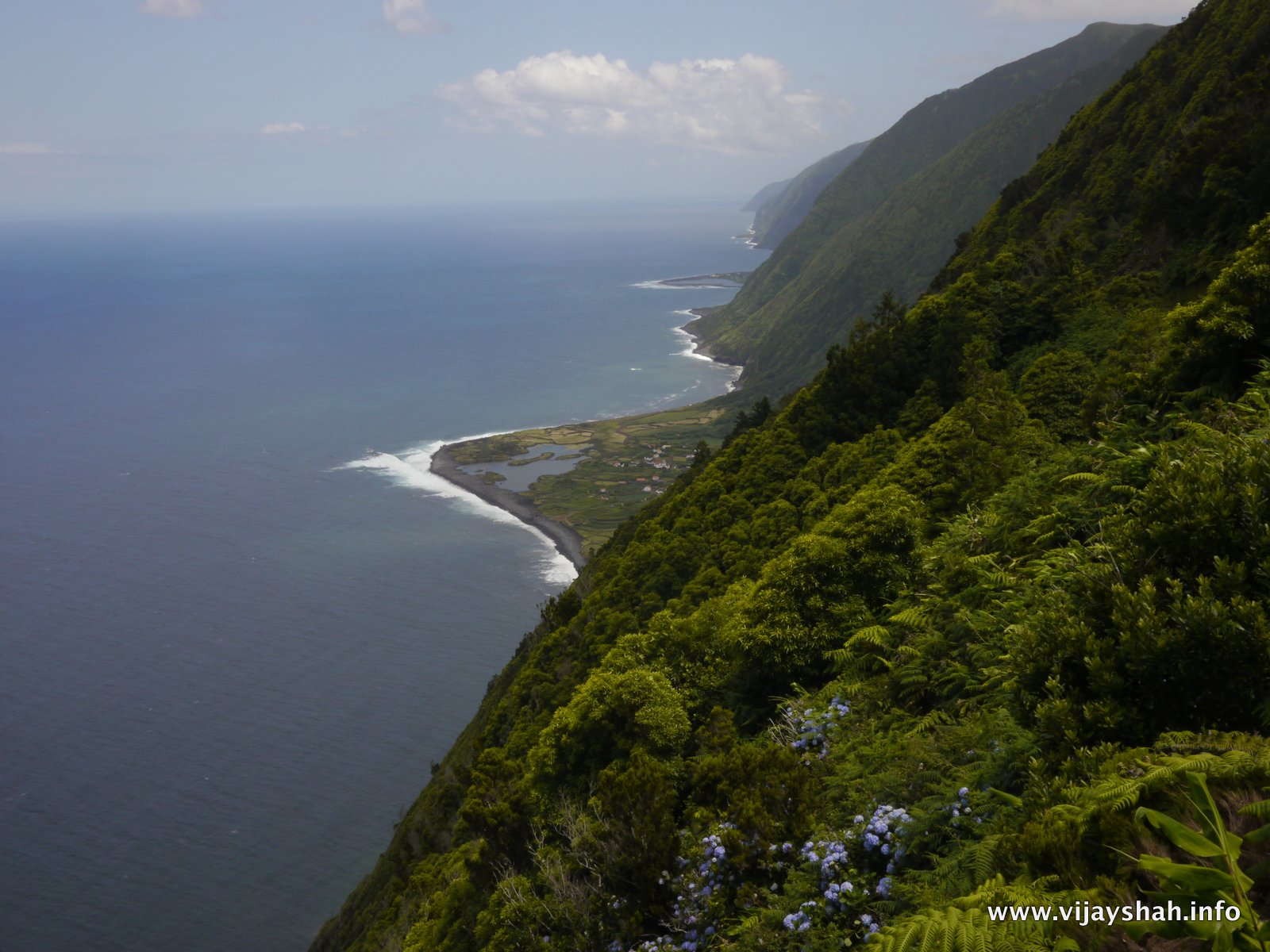
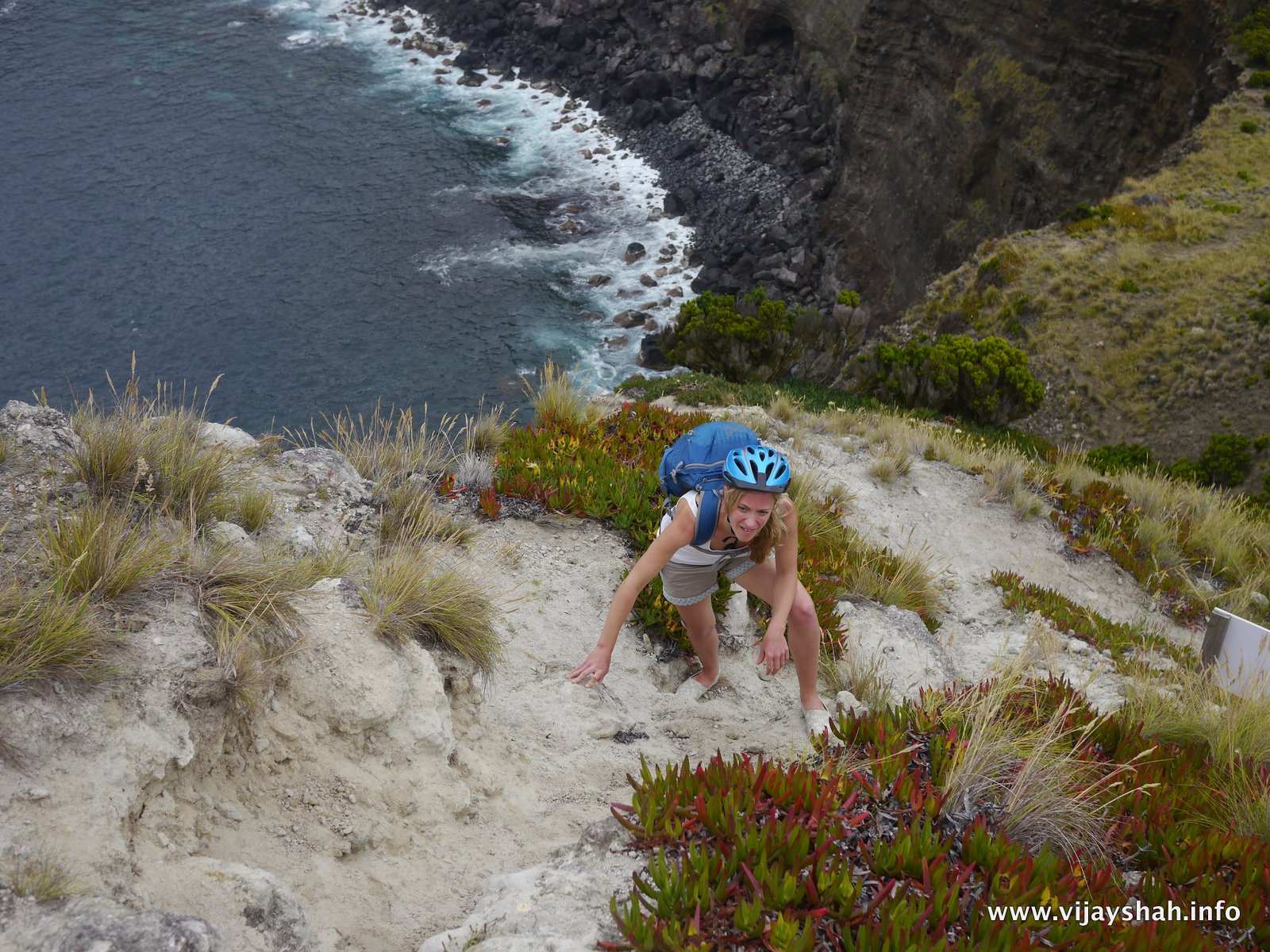
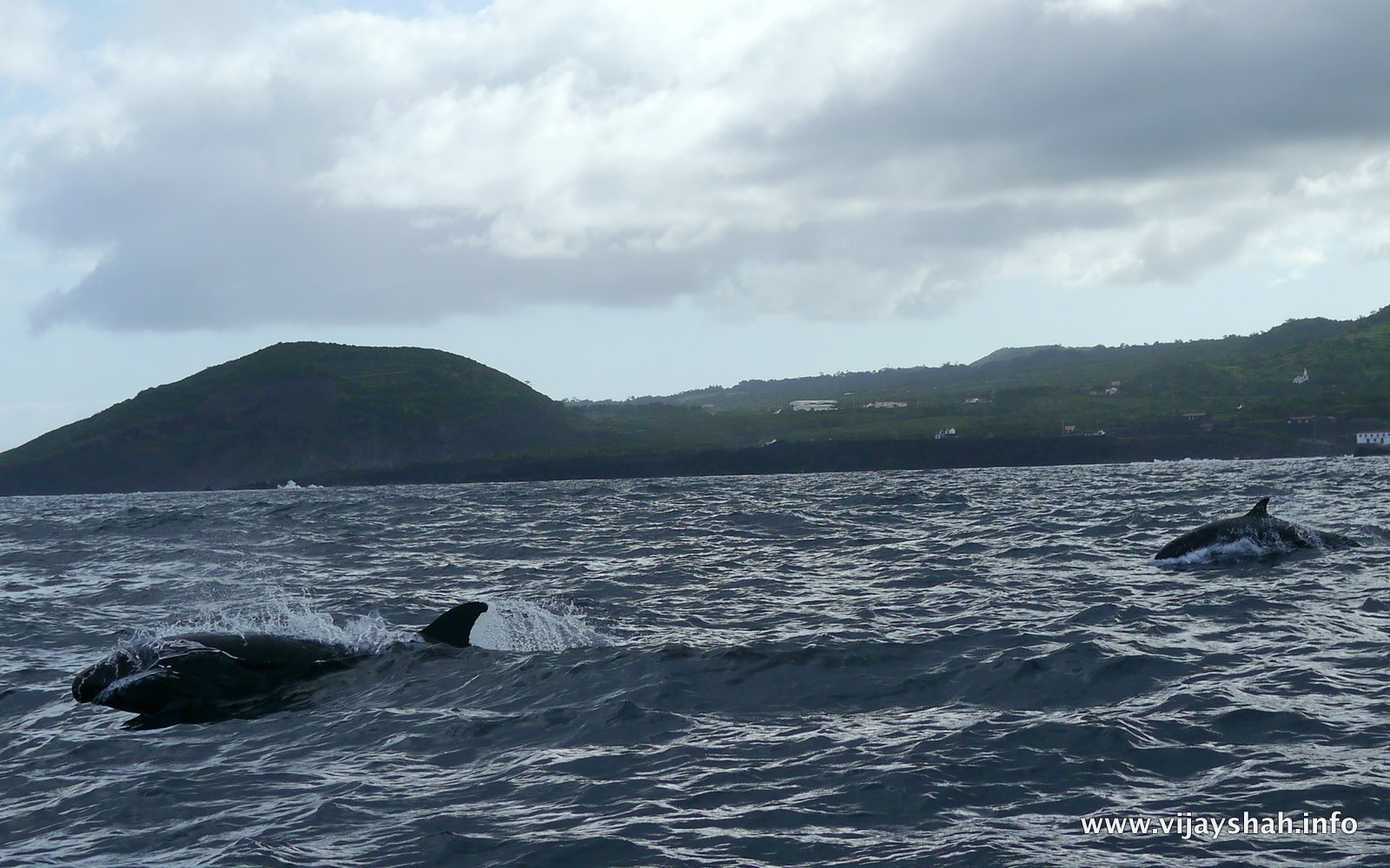
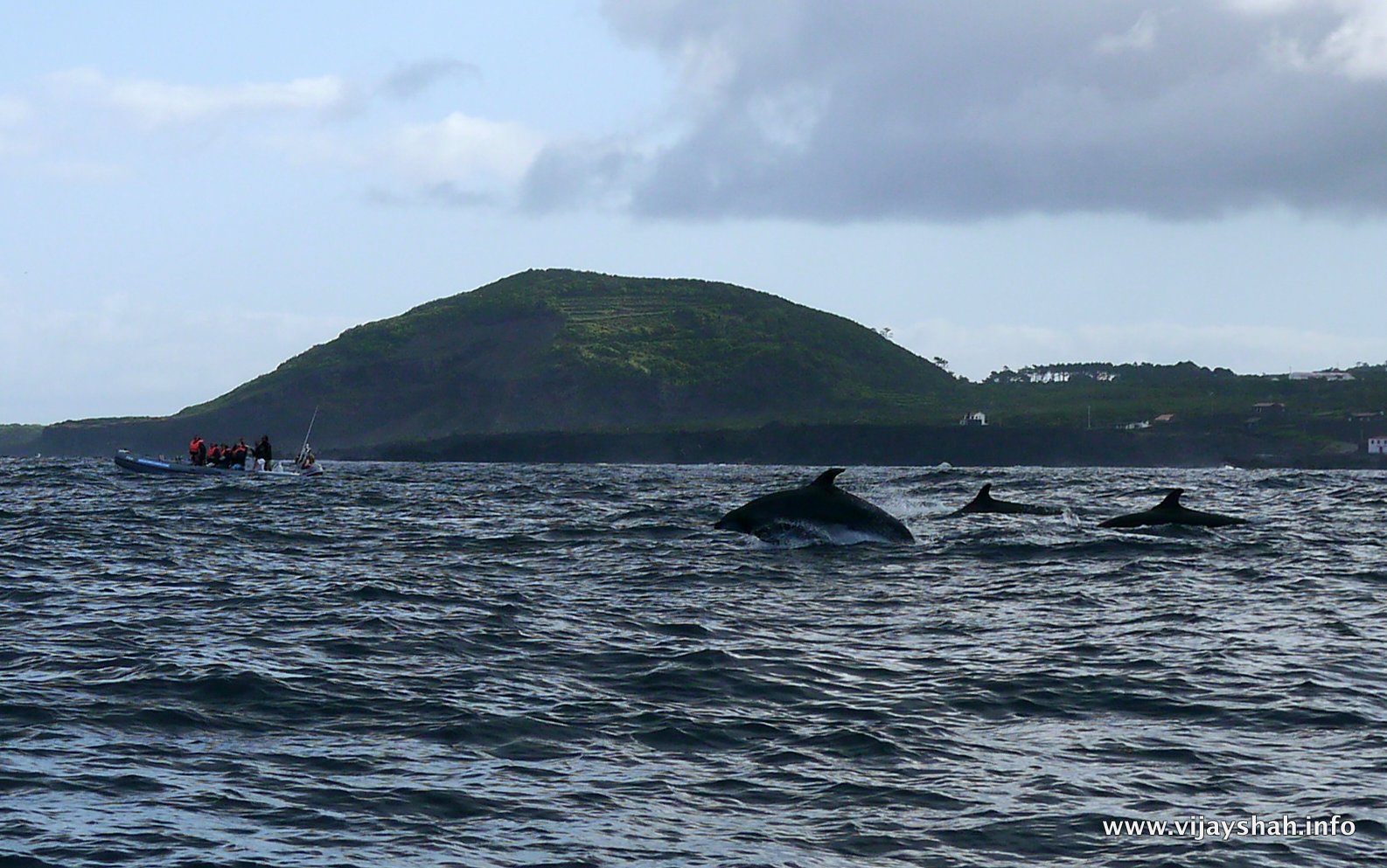
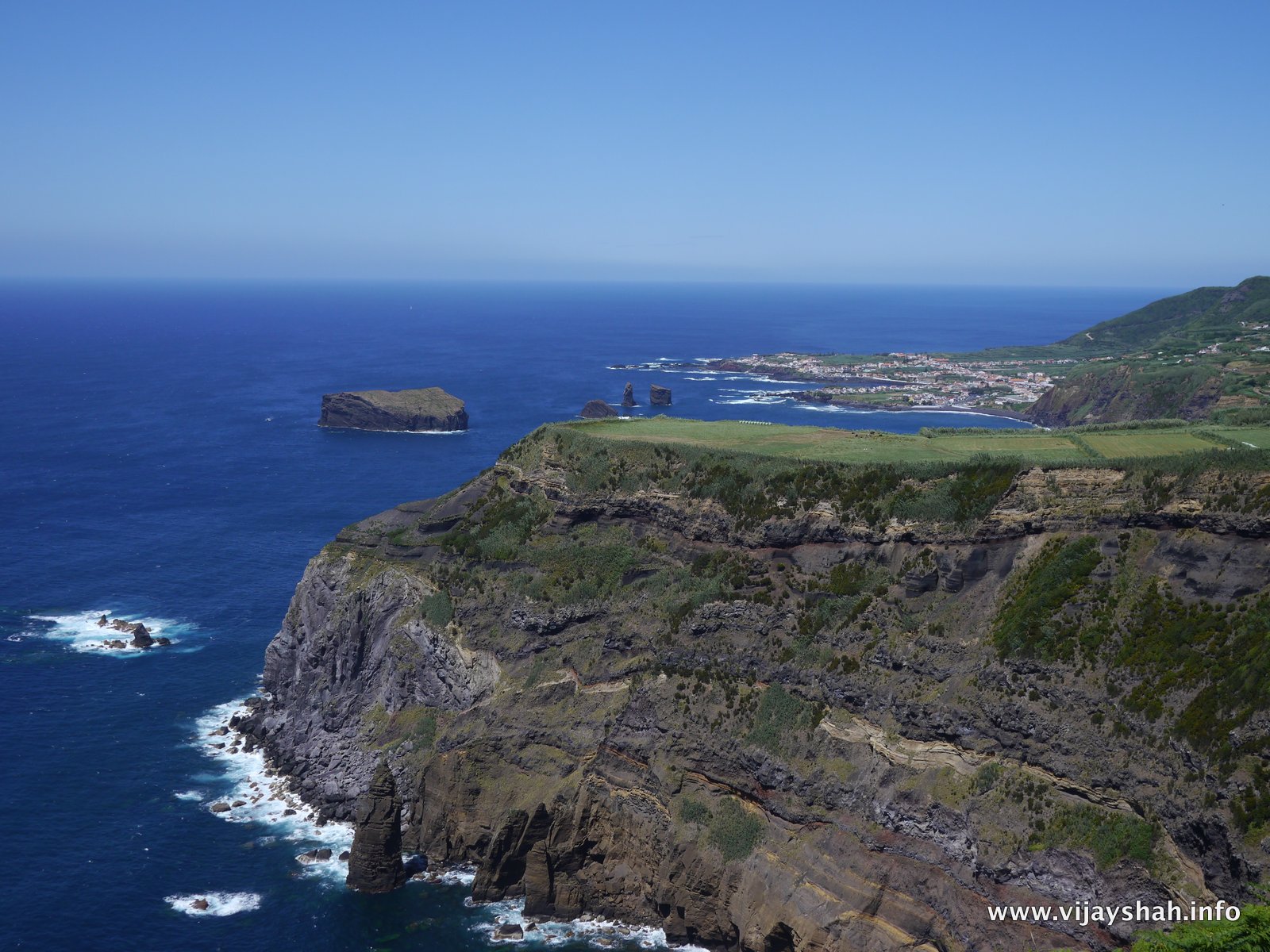
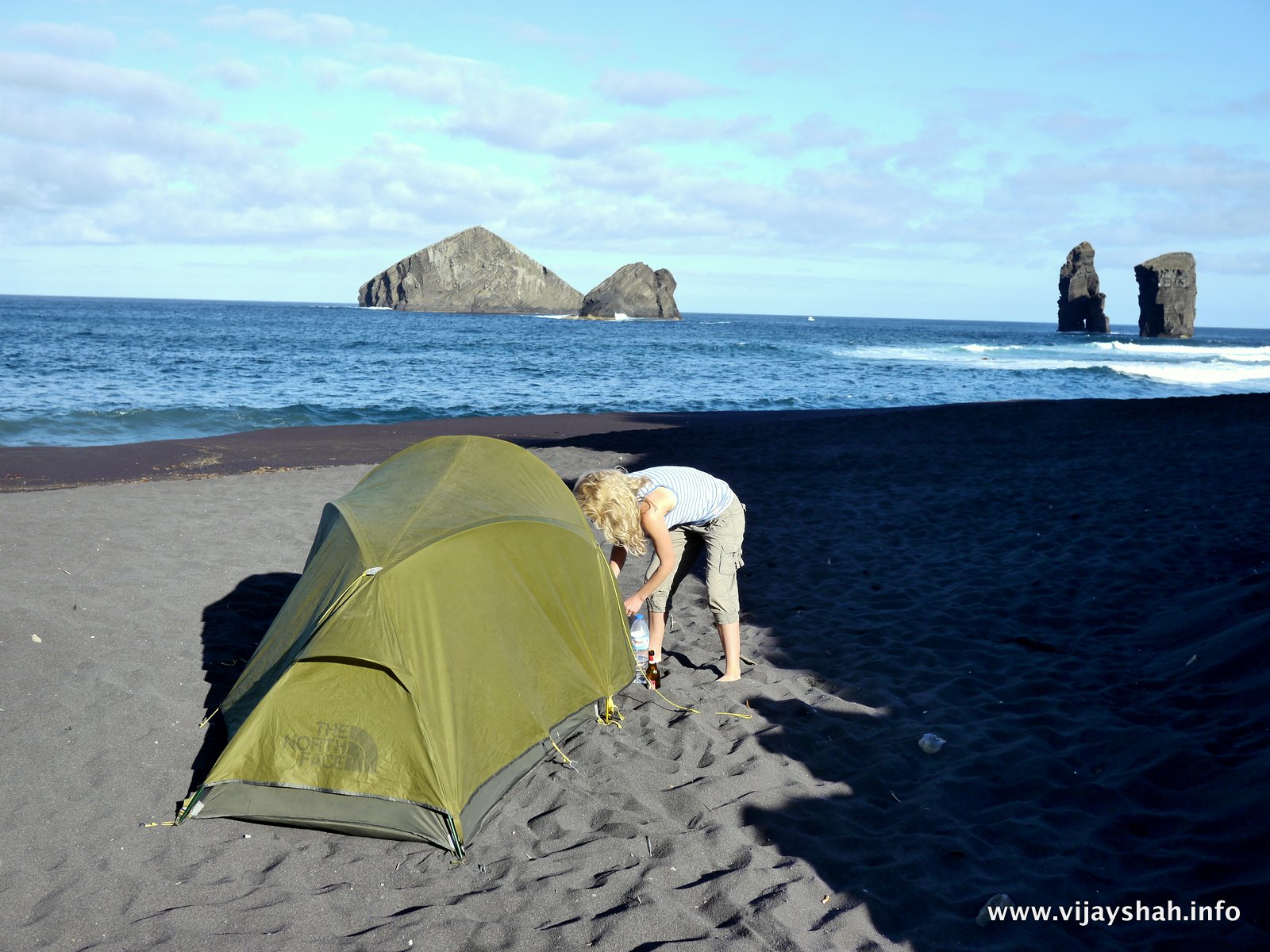
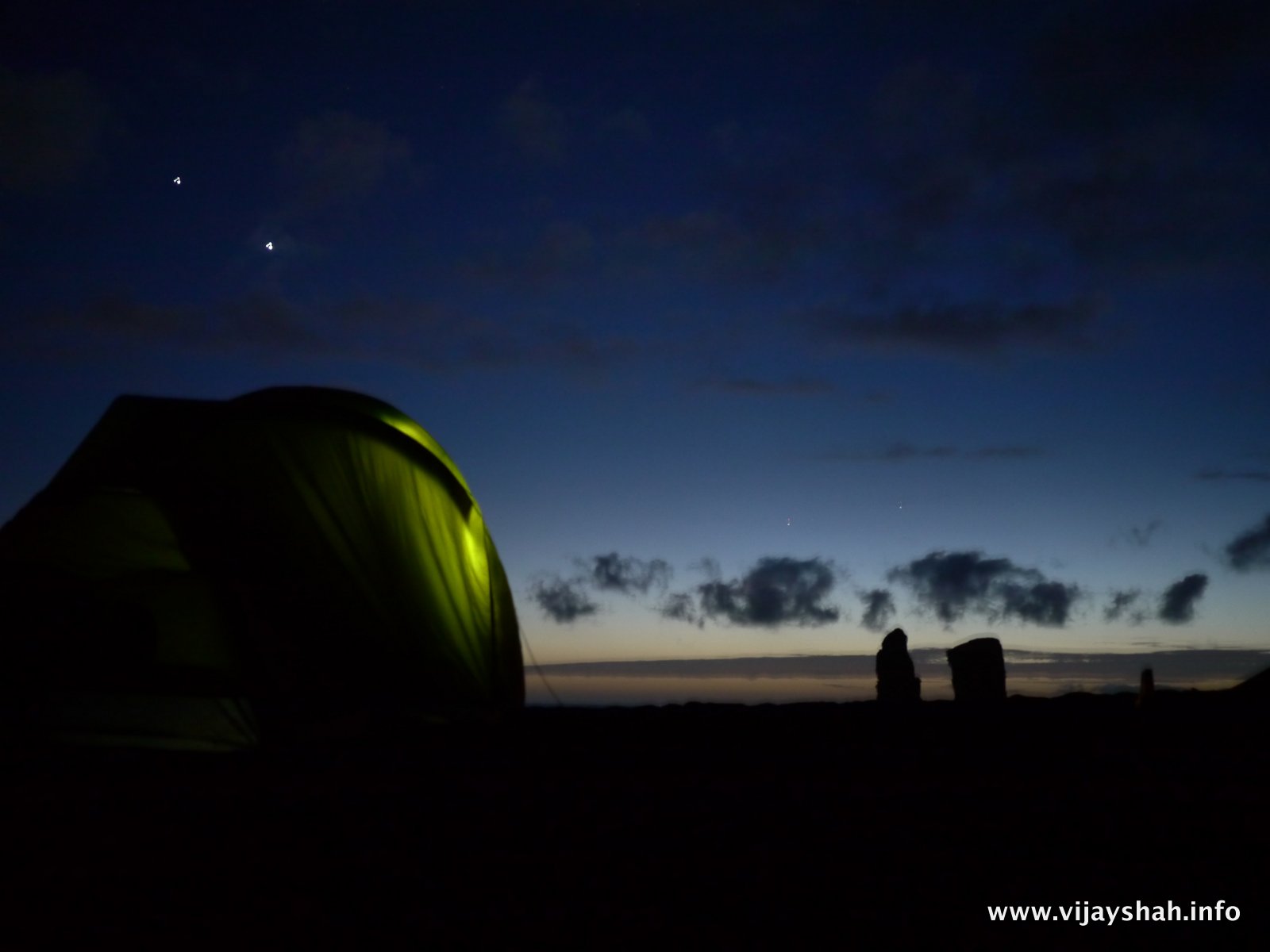
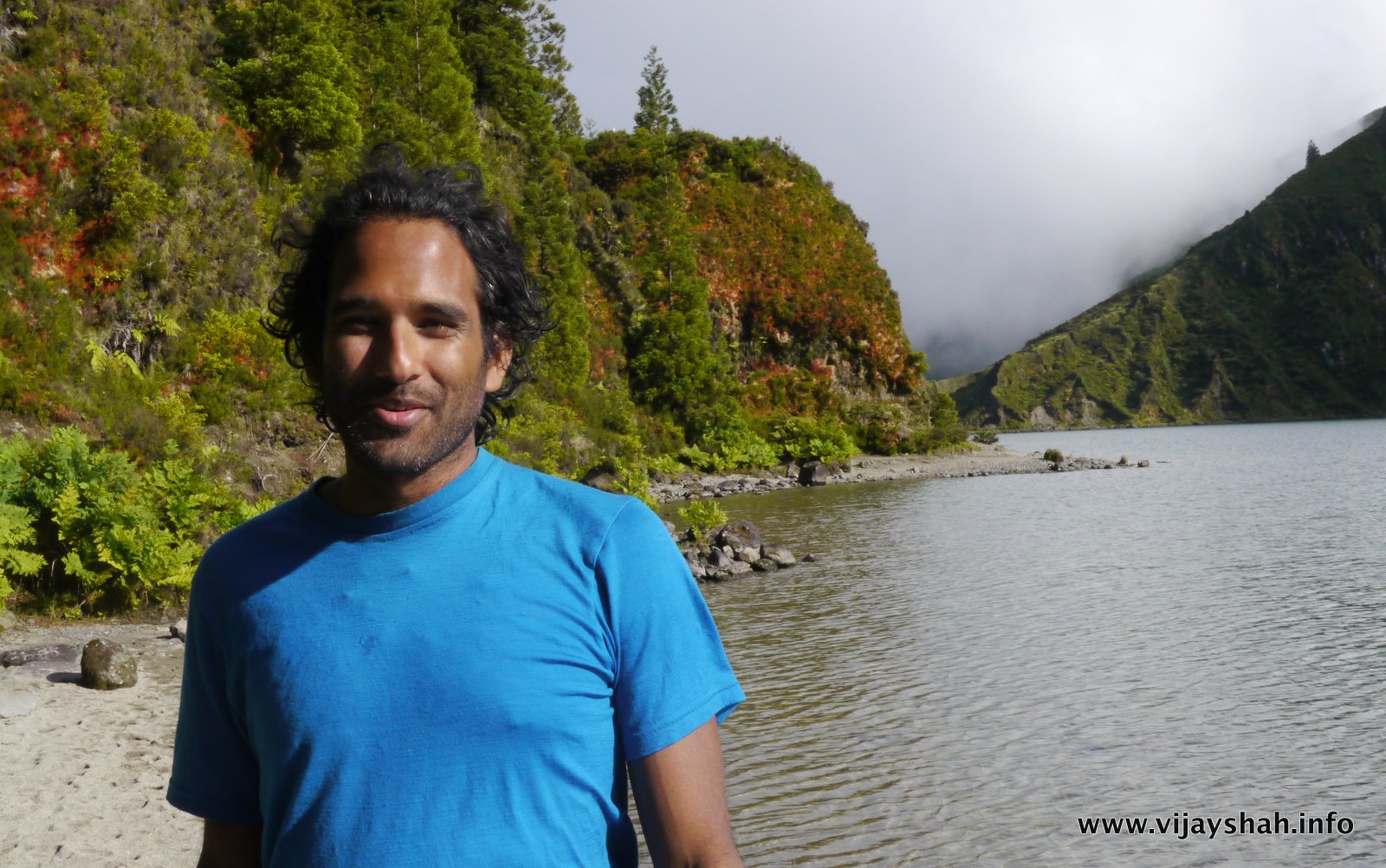
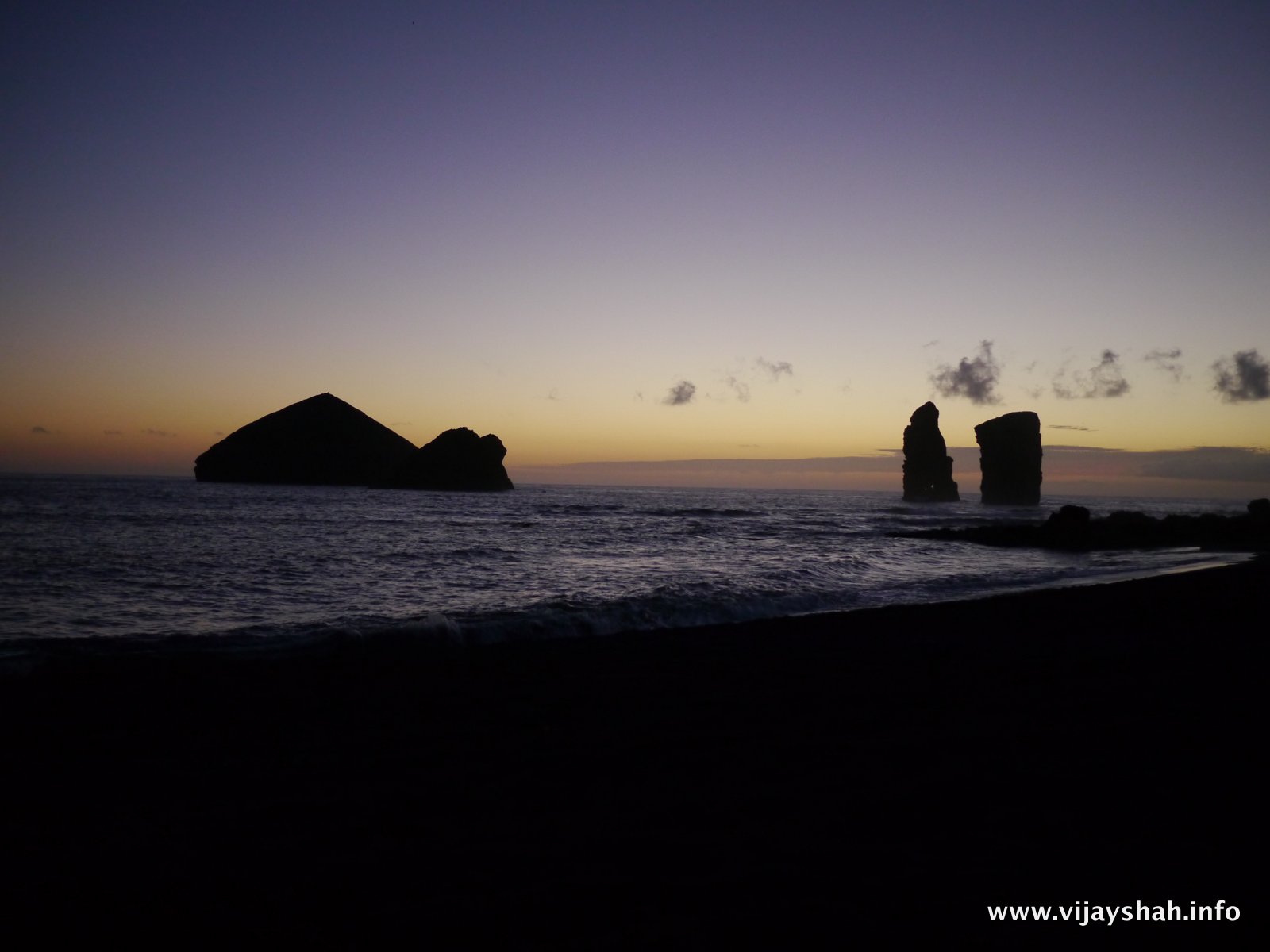

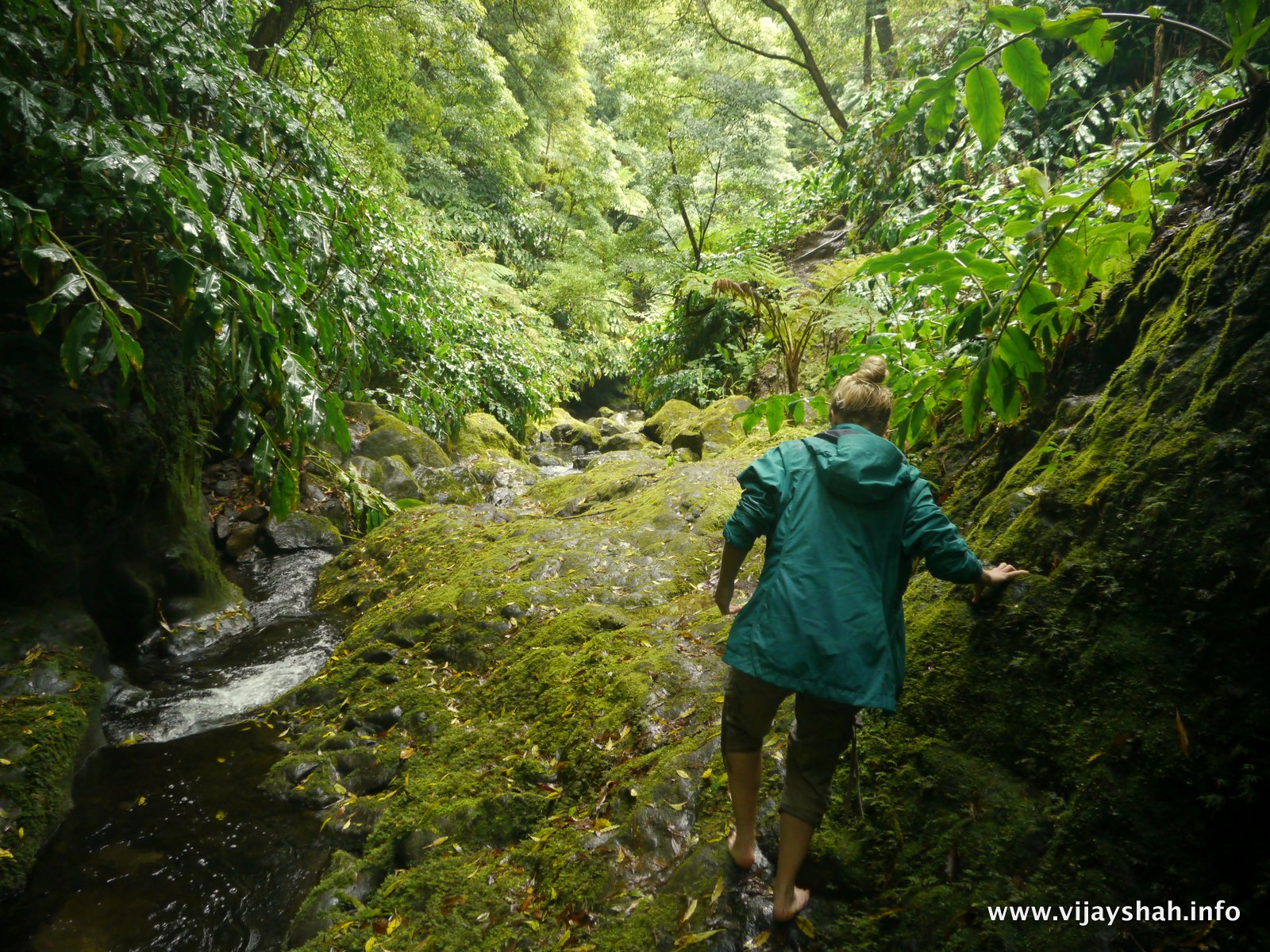
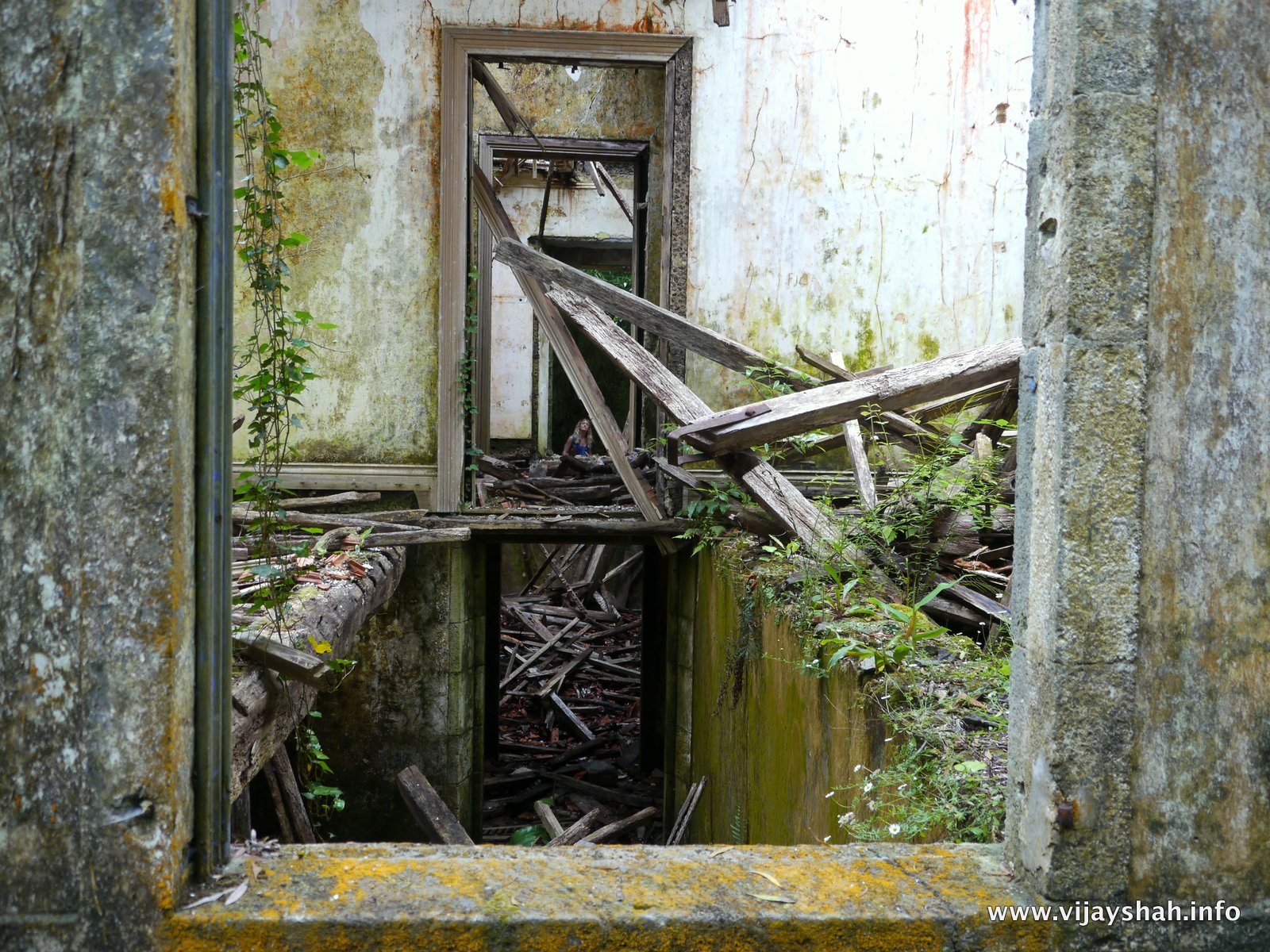
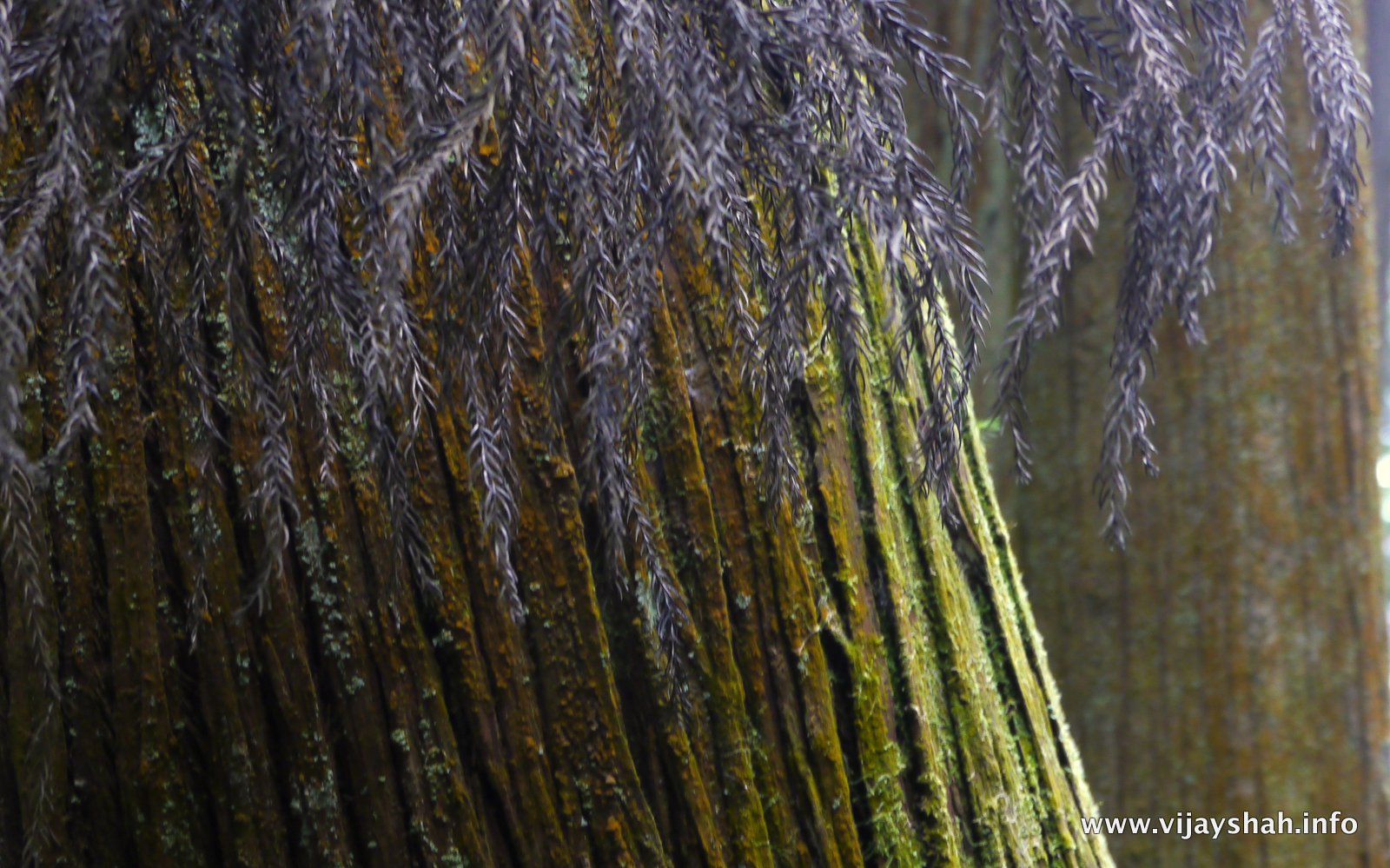
SHOWREEL 2015: VIJAY SHAH
Updated showreel for 2015. Check it out! :-)
The Life on Arran
Prolonged a trip up to Glasgow with a weekend on the Isle of Arran. Incredible video quality from the iphone - a pity it can't stand up to the cold though.
Baffin Island 2011 - The Polar Bear Story
A re-edit of my 2011 short film documenting what should've been a straightforward journey to the start point of our Arctic expedition. What actually happened blew us away.
A short film showing the start of our Penny Ice Cap crossing in Spring 2011. To get out to our start point we travel by snow mobile over sea ice for about eight hours. During which we came across some local wildlife...
BAFFIN ISLAND 2011 - SETTING UP CAMP
How to setup home on a remote glacier, a re-edit.
After a full days skiing, our bodies are getting tired. The sun is beginning to set and the temperature will soon plummet. Setting up camp requires everyone to work efficiently and quickly.
The Fish River Canyon
In late 2012 as part of our travels through Southern Africa we sneaked onto the 90km Fish River Canyon hike in Namibia.
The hike took us through some of the most spectacular scenery in Africa. Check out the film below. It runs at 9mins 35secs.
